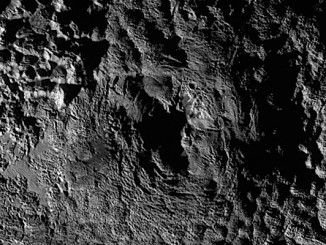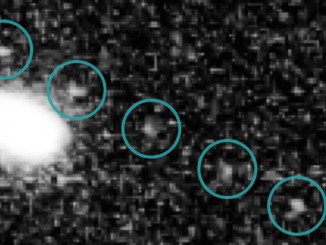
Kuiper Belt

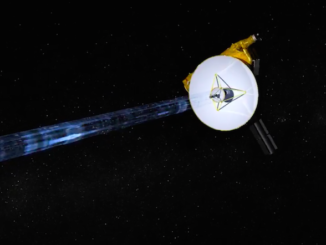
Scientists firm up flyby plan for New Horizons’s next destination
Now more than two years outbound from its historic encounter with Pluto, NASA’s New Horizons spacecraft is on target for a fleeting flyby less than 2,200 miles from 2014 MU69, an icy, city-sized world set to become the most distant object ever visited, just after midnight Jan. 1, 2019, on the U.S. East Coast. Scientists now say the probe may be able to pursue another destination some time in the 2020s.
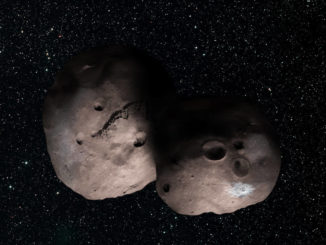
New Horizons’ next target might be a binary pair
Ground observations of the New Horizons spacecraft’s next target last month revealed the distant object, lurking in the outer solar system more than four billion miles from Earth, might have an unconventional elongated shape, or even consist of two icy bodies orbiting one another in an age-old cosmic dance.
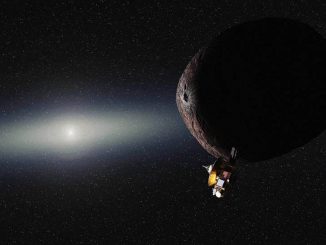
New Horizons to continue mission of discovery with Kuiper Belt encounter
Scientists planning the the next phase of NASA’s New Horizons mission, a robotic craft that completed the first exploration of Pluto in 2015, are going into the flyby of a frozen, faraway city-sized clump of rock on New Year’s Day 2019 armed with little knowledge of the target lurking around 4 billion miles from Earth.
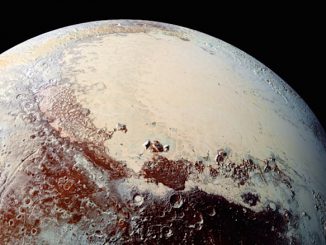
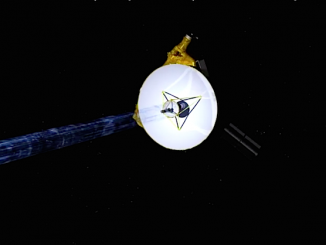


Pluto’s floating mountains, intriguing structures fascinate scientists
Nearly six months after NASA’s New Horizons probe zoomed past Pluto, just one quarter of the data stored on board has made its way back to waiting scientists, revealing a surprisingly varied terrain that includes glacial flows and steep mountains of frozen water floating in a “sea” of slush-like nitrogen ice.
